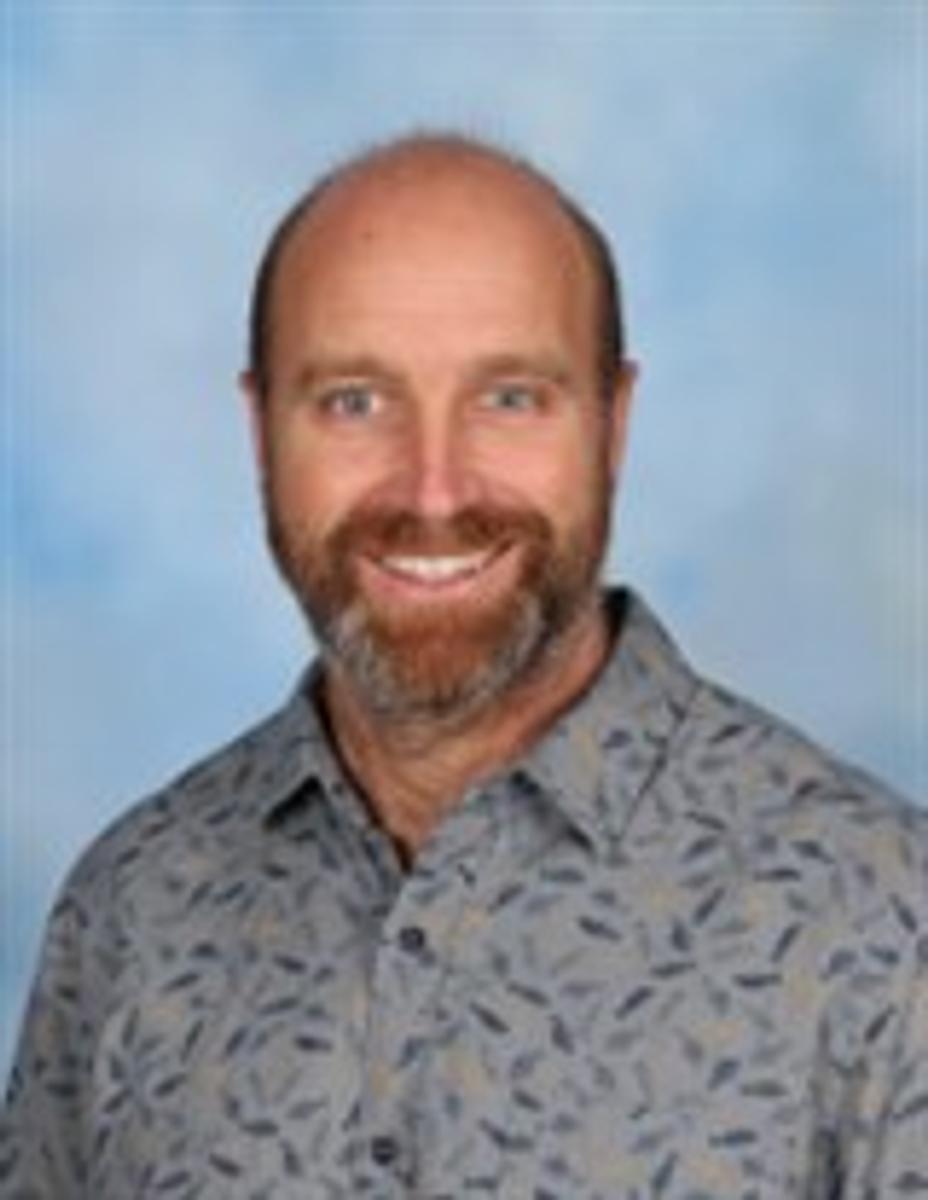Y9/10 DNA to Dinosaurs
BEST (Bioscience, Environmental Science, Sustainability & Technology)

Y9/10 DNA to Dinosaurs
BEST (Bioscience, Environmental Science, Sustainability & Technology)
Year 9 & 10 ‘DNA to Dinosaurs’ class has started the term by participating in the BioEYES program. This incursion was run by the Monash University Biomedicine Institute and over the course of a week and involved our students studying embryonic development and inheritance in zebrafish. At the start of the week students were able to observe the early stages of development that contained unspecialised stem cells and by the end of the week we were able to watch free swimming larvae and see structures such as a beating heart. Students were also able to observe the pigmentation (stripes) develop on their fish and draw a conclusion for their inheritance of this trait. It was a great opportunity for our students to participate in some real-world science and to discuss the current research involving this organism.
Student Comments
I really enjoyed the Bioeyes incursion that we students have participated in over the last week. It was a great to learn about inheritance, microscopes, and the development of embryos, through exciting practical based lessons. We all had two fish to care for and checked in on them every day to clean their petri dishes and inspect the zebra fish under the microscope. Overall it was a really interesting and educational experience that we are all very grateful for.
Katie G
My favourite part throughout the bioeyes program was understanding how the zebrafish had such similar DNA to us and found it interesting how the genes determined the traits of the babies.
Aimee C
It was fun to see the zebrafish in class, they were so tiny we had to look at them under a microscope. My favourite part was probably watching the embryos develop because you could see how much they changed in such a short time.
Ruby F
This week our class successfully completed the BioEYES program. The program revolves around the development of zebrafish which we were lucky enough to watch. We were given two very special fish, Marty and George. Our fish bred over night to create hundreds of fertilised eggs, sadly we only got to watch 35 on their journey out of their eggs. Throughout the week we watched our babies grow tails and eyes and then eventually hatch. One of the many fish we had was Sir Jonesy who was so kind to stay still and allow us to take photos under the microscope. He will forever be remembered along with Marty and George.
Reuben A & Hamish L
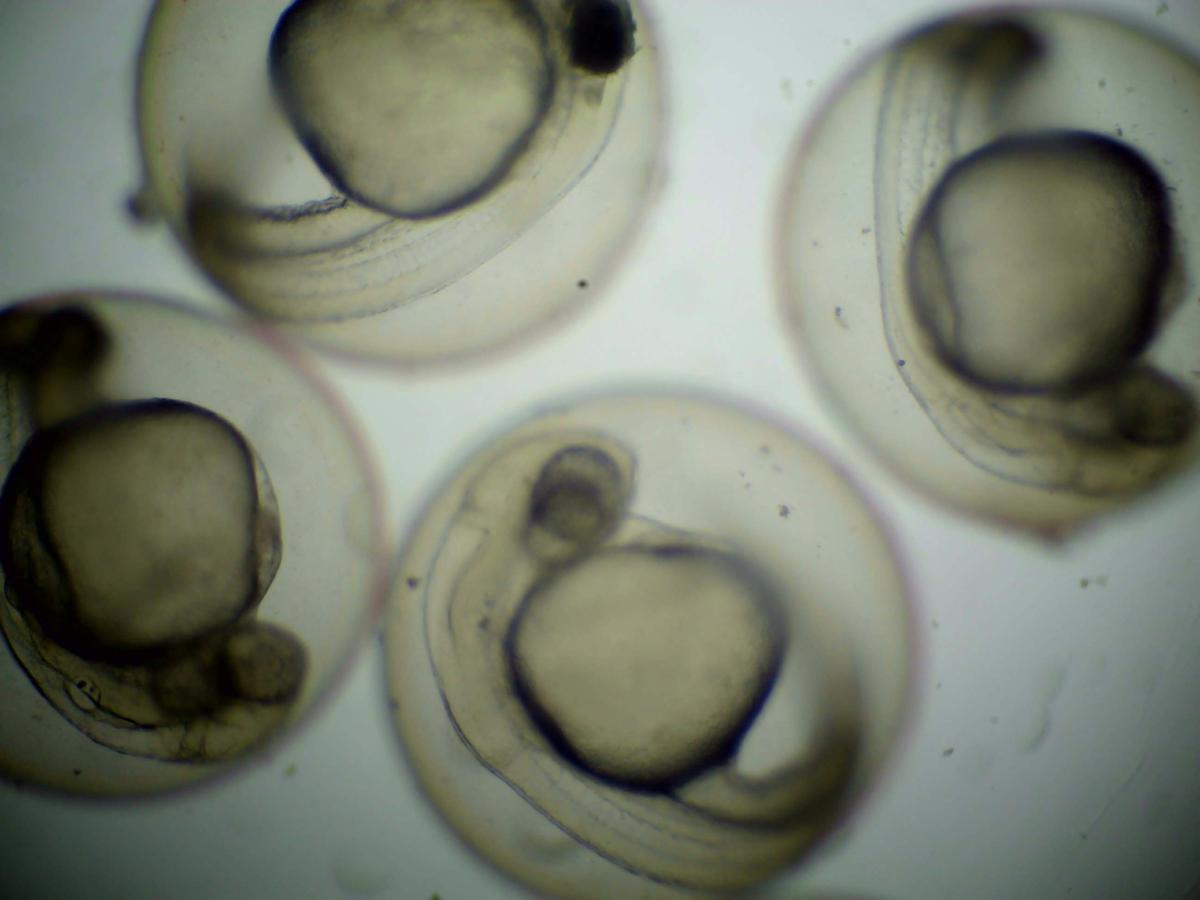
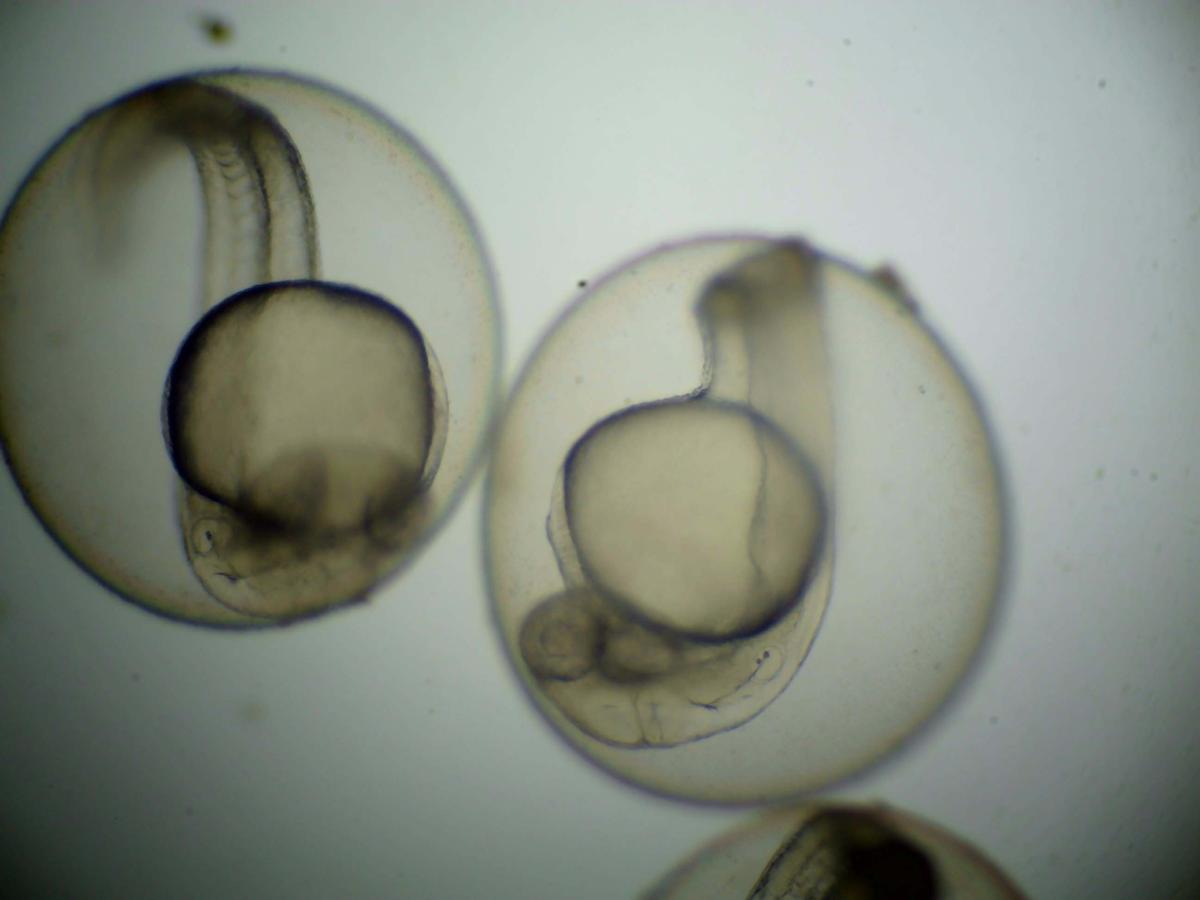
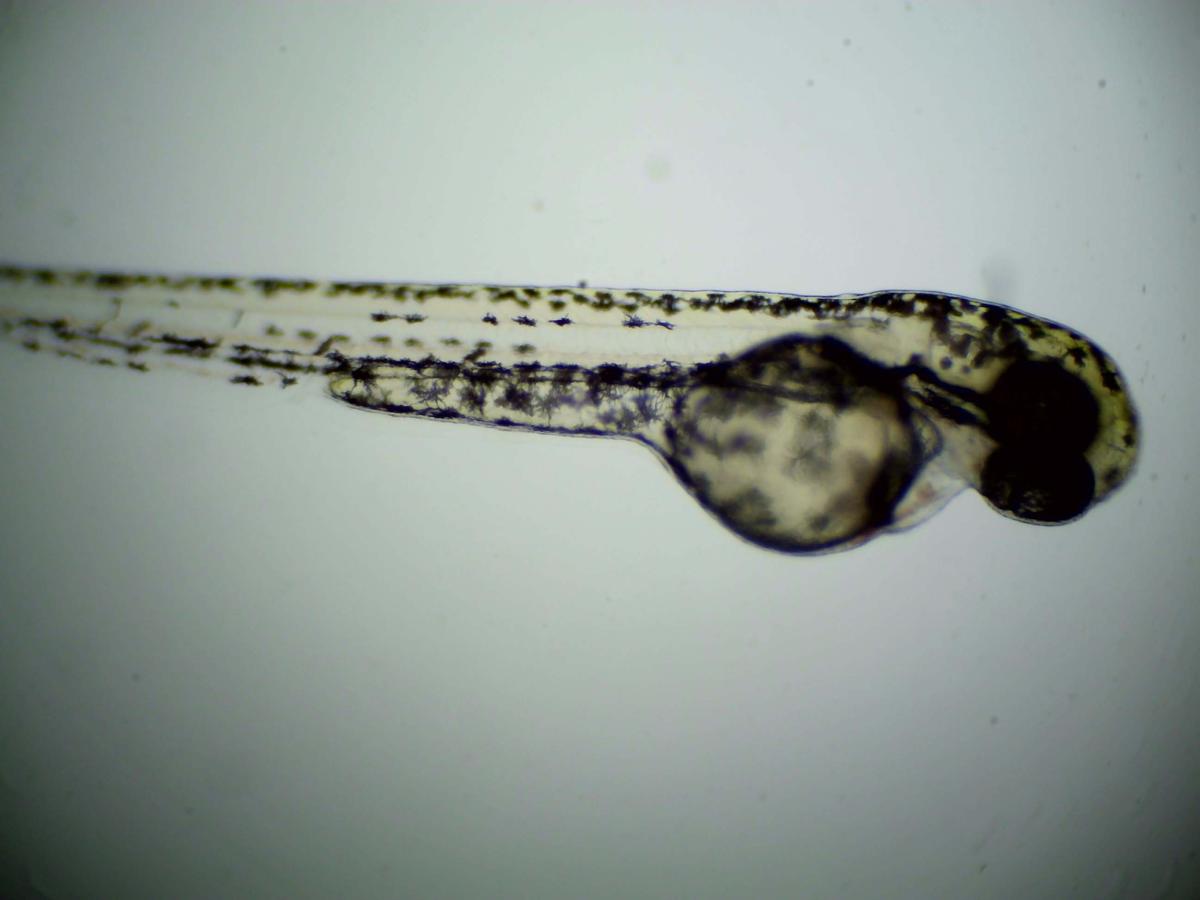
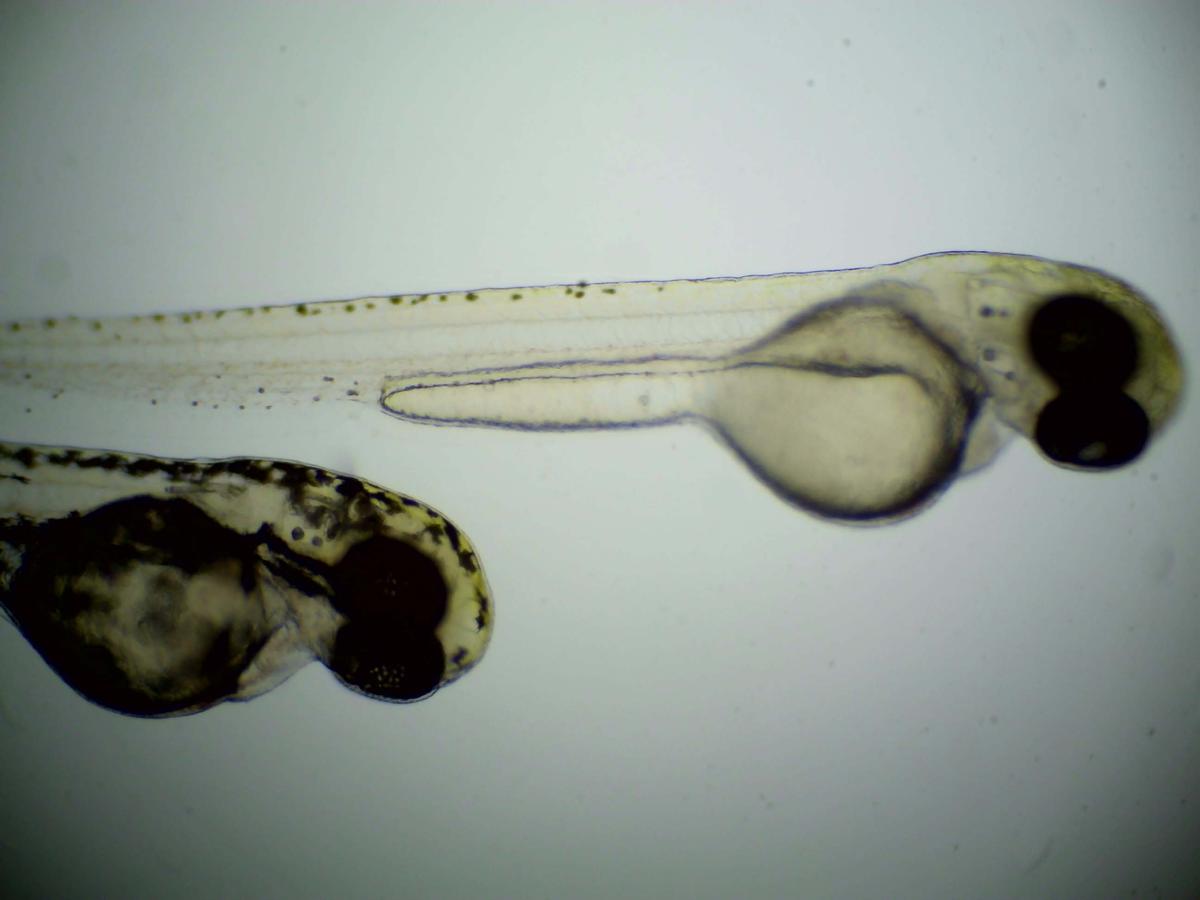
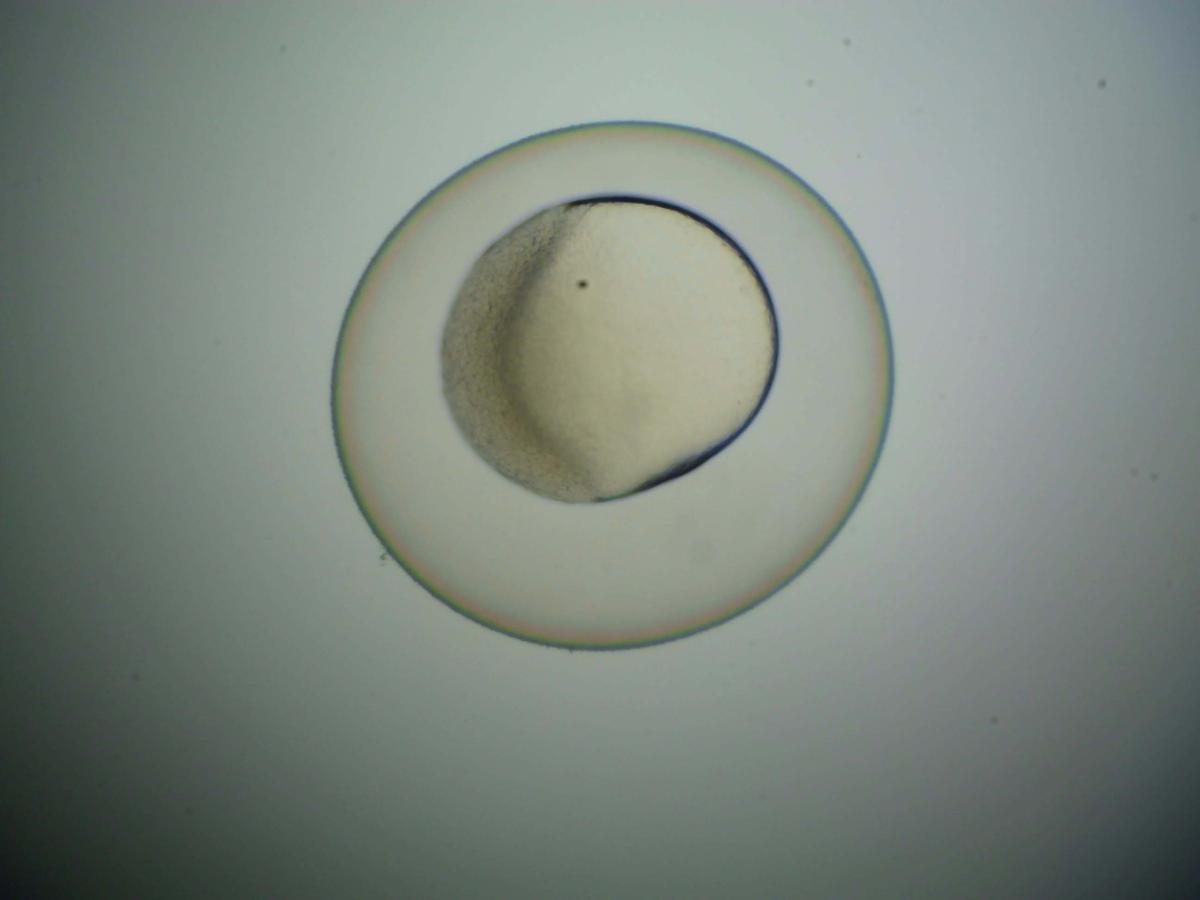





Mr Steve Seddon
Teacher
